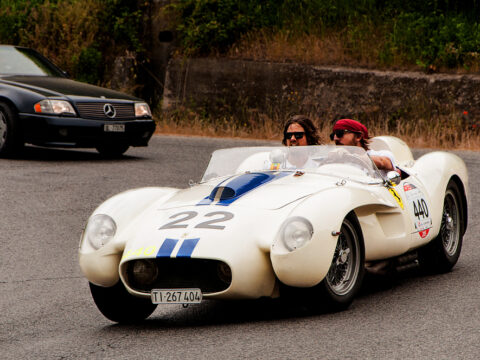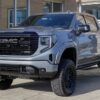Not every vehicle marketed as an off-roader can actually handle the challenges of tough terrain. Some models may look rugged, but they fall short when faced with the realities of uneven trails, steep climbs, and rough surfaces. We’ll take a look at 20 off-road vehicles that couldn’t quite live up to the hype. Whether due to design flaws or performance issues, these vehicles struggled when the going got tough.
Contents
Hummer H2

Although the Hummer H2 boasts a bold, aggressive look, its performance off-road didn’t match its appearance. Its excessive weight and massive size made it difficult to maneuver in tight spaces, limiting its effectiveness on uneven trails. The vehicle’s lower-than-expected ground clearance often led to underbody scrapes when tackling rocky paths.
Jeep Compass
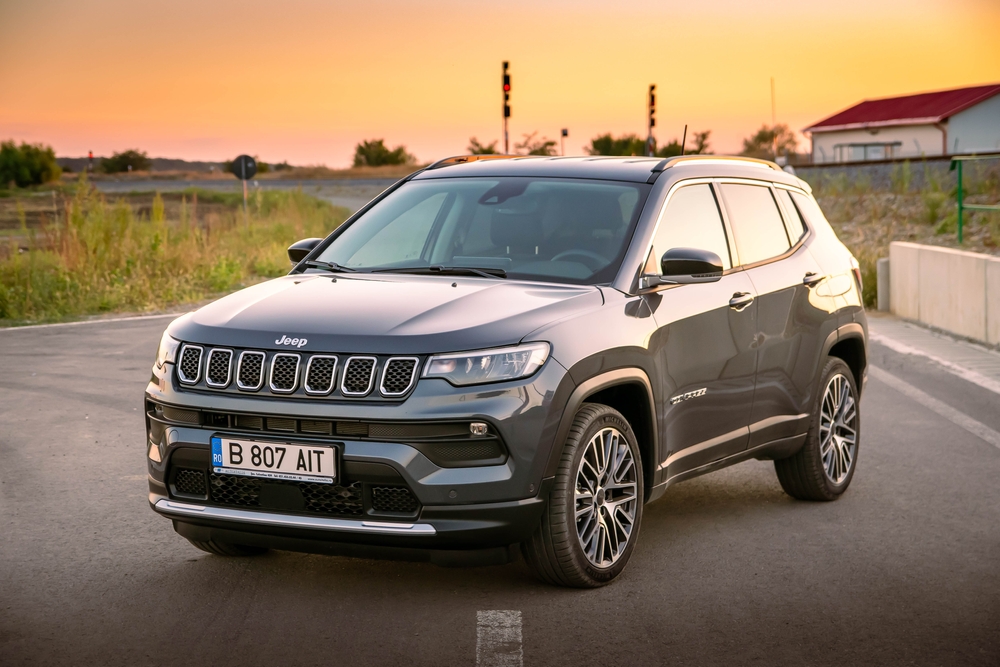
Despite being part of Jeep’s iconic off-road lineup, the Compass couldn’t live up to the rugged reputation of its counterparts. Its lower ground clearance, coupled with a less robust drivetrain, meant it often struggled on challenging trails. Drivers frequently found the Compass underpowered when navigating steep inclines or muddy paths. While it’s a competent SUV for everyday driving, serious off-road enthusiasts found its capabilities disappointing.
Suzuki Vitara
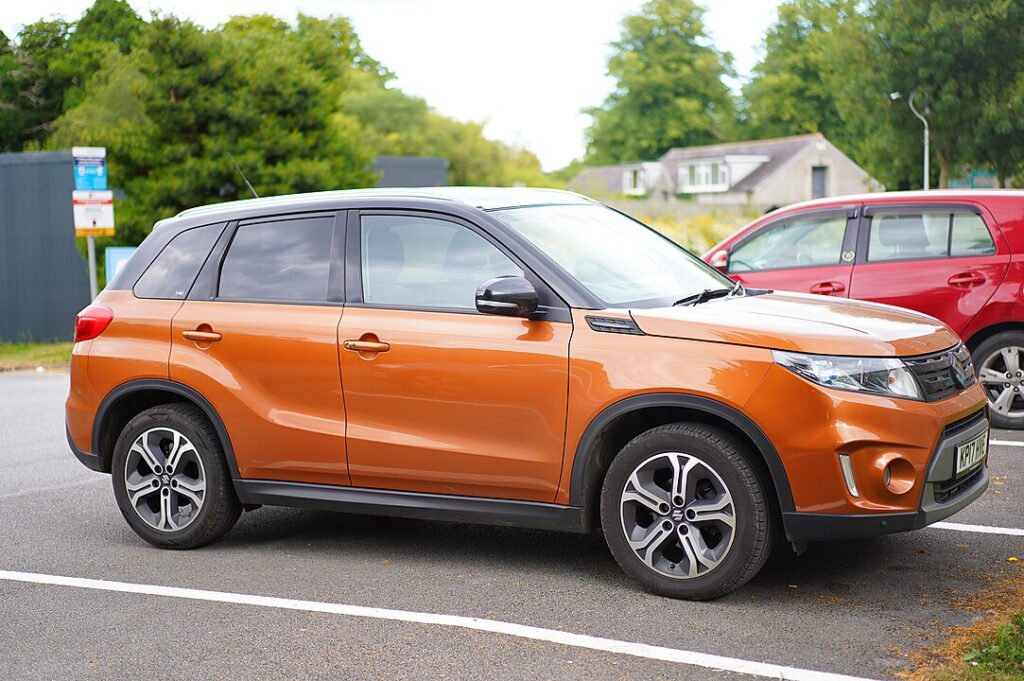
The Suzuki Vitara’s small size and limited engine power made it a less-than-ideal option for rough terrains. Its suspension couldn’t absorb the shocks from rocky trails, leading to a less comfortable ride in off-road conditions. Without a proper locking differential, it often found itself stuck when navigating through mud or snow.
Ford Bronco II
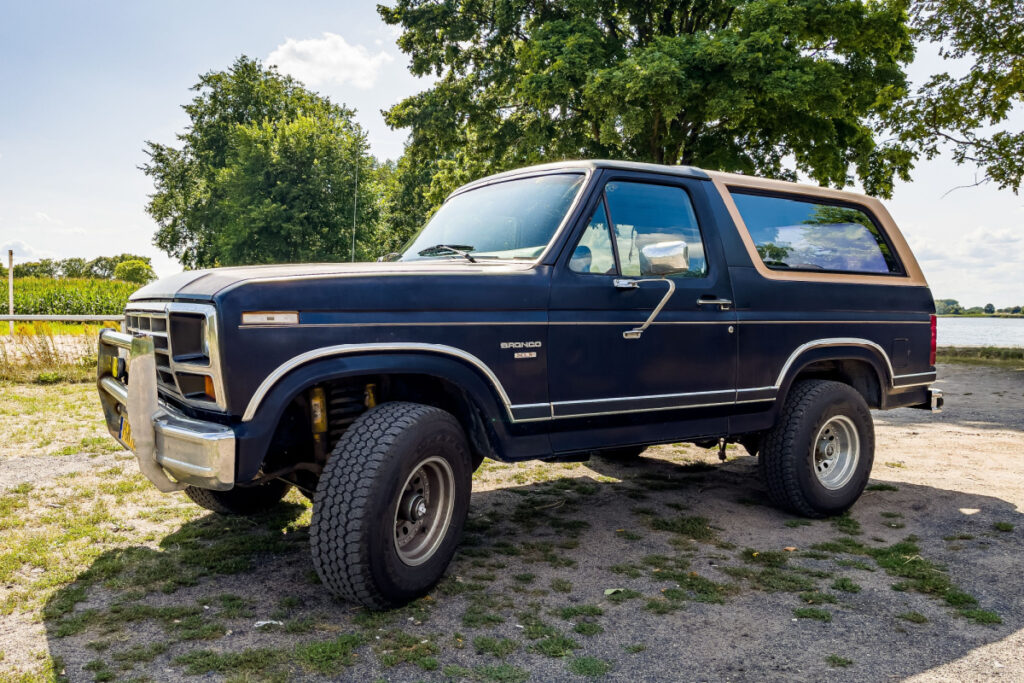
The Ford Bronco II’s off-road limitations stemmed primarily from its high center of gravity, which made it prone to tipping on uneven ground. This design flaw caused several rollover incidents, making it a risky option for off-road adventurers. The narrow wheelbase further compromised its stability, especially on steep or uneven surfaces.
Nissan Xterra (2005-2015)
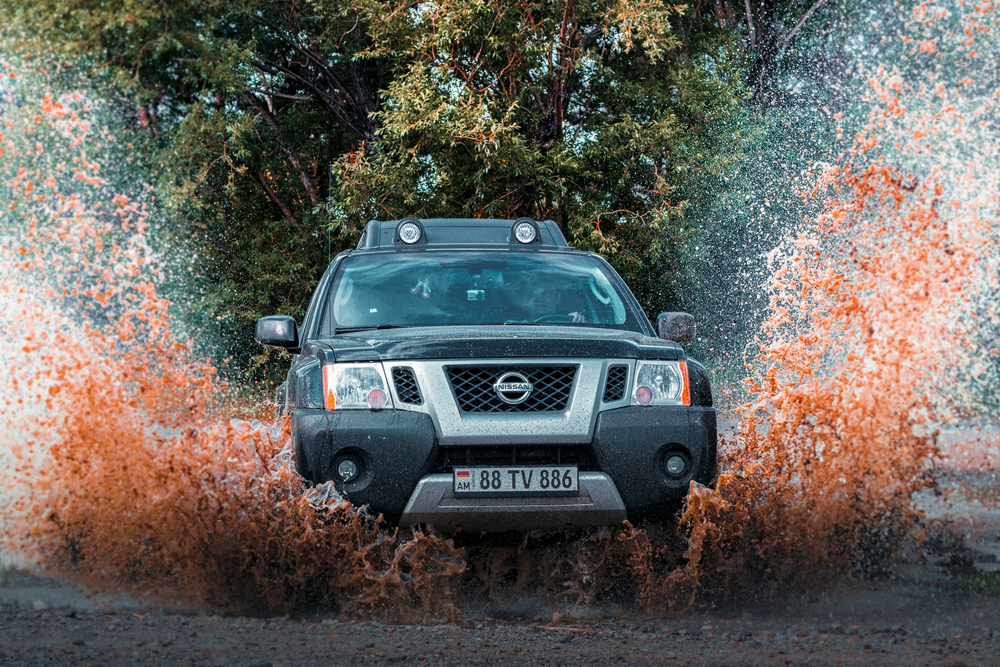
Initially praised for its adventurous design, the second-generation Nissan Xterra couldn’t maintain the same off-road performance over time. Drivers experienced mechanical issues, including frequent transmission and radiator failures, particularly under stress in off-road conditions. The Xterra’s chassis didn’t hold up well to the demands of rugged trails, and its suspension wasn’t built to withstand the impacts of repeated off-road use.
Subaru Outback

While the Subaru Outback excels on light trails and dirt roads, it wasn’t built to handle the most challenging off-road adventures. Its ground clearance is adequate for mild conditions, but deep mud, sand, or rocky paths quickly expose its limitations. The suspension, designed more for comfort than durability, doesn’t perform well on rough terrain.
Toyota RAV4

Despite its adventure-themed marketing, the Toyota RAV4 is more suited to suburban streets than rugged trails. It lacks the ground clearance necessary for true off-roading, and its suspension isn’t designed to handle rough or rocky terrain. The vehicle’s all-wheel-drive system, while effective on wet or icy roads, falls short in more demanding off-road conditions. Ultimately, the RAV4 performs better as a versatile family SUV than as a trail conqueror.
Chevrolet Blazer (2019-present)
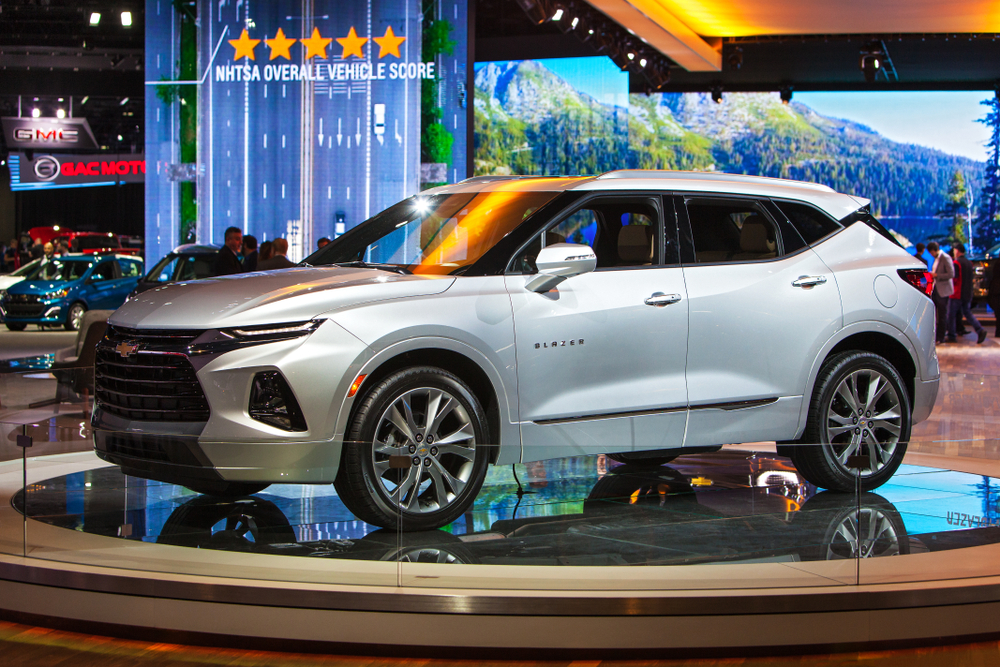
Chevrolet brought back the Blazer nameplate with a sleek, modern design, but off-road performance wasn’t its strong suit. Unlike its predecessors, this new iteration focuses more on style than substance when it comes to rough terrain. The lack of a true four-wheel-drive system, coupled with minimal ground clearance, leaves the Blazer struggling on more challenging trails.
Land Rover Freelander
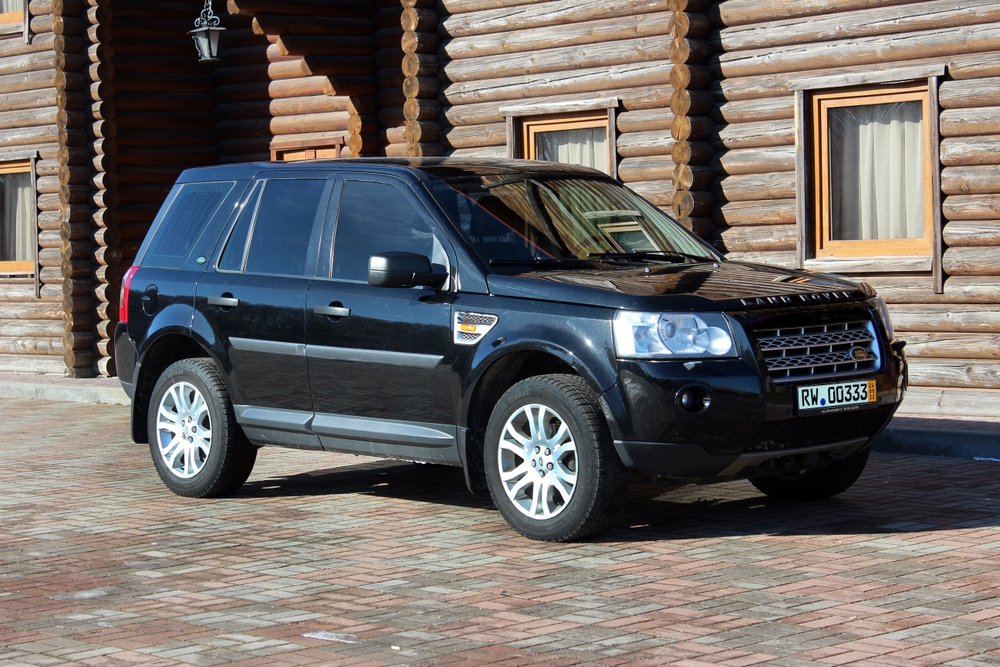
Though it carries the Land Rover badge, the Freelander couldn’t live up to the brand’s off-road legacy. Its drivetrain, although marketed as capable, failed to perform on more difficult trails. The Freelander’s underpowered engine and limited suspension travel made tackling uneven or steep paths a challenge.
Hyundai Tucson
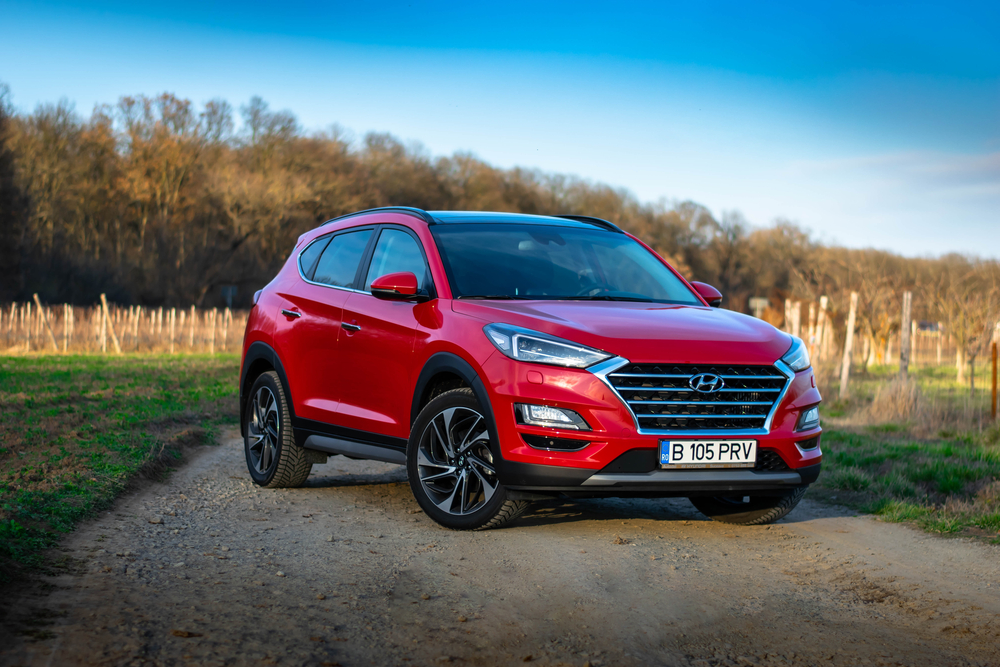
The Hyundai Tucson offers plenty of comfort and convenience for city driving, but it wasn’t designed to conquer tough terrain. Its all-wheel-drive system lacks the sophistication needed for intense off-road challenges, and the vehicle’s low ground clearance can be problematic on rocky paths. Furthermore, its suspension prioritizes on-road comfort, leaving it vulnerable to damage in harsher environments. Though ideal for everyday driving, the Tucson struggles when the road disappears.
Mitsubishi Outlander
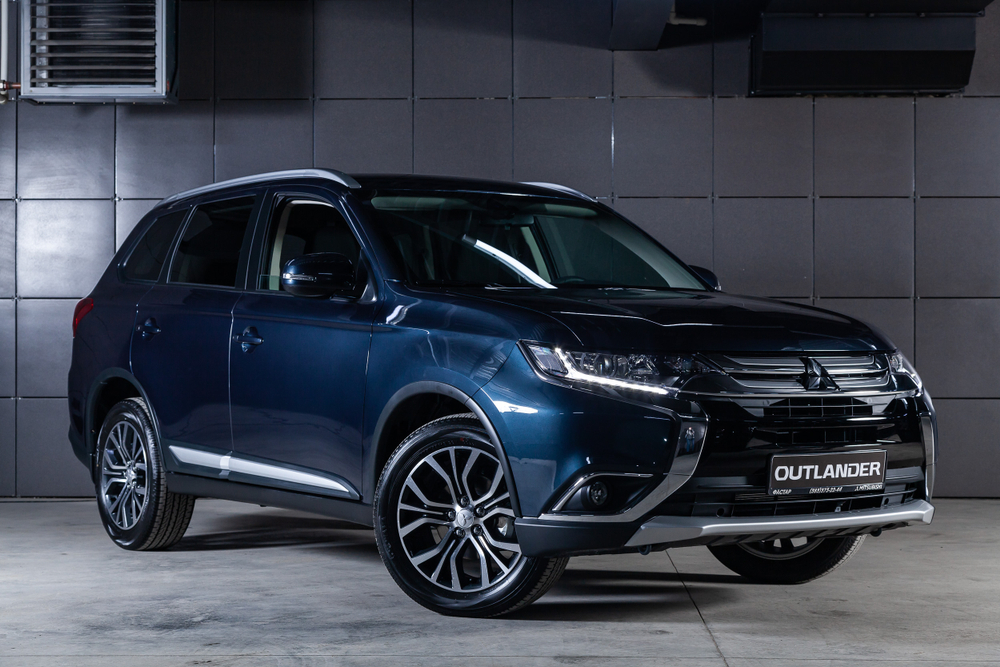
While the Mitsubishi Outlander has all-wheel-drive options, its design doesn’t lend itself to serious off-road use. Its suspension system isn’t durable enough to handle rough conditions, and its undercarriage is prone to scraping on uneven terrain. The Outlander also lacks the power needed to tackle steeper trails, which leaves it struggling in hilly environments. For many owners, the Outlander simply couldn’t meet the demands of true off-roading.
Fiat Panda Cross
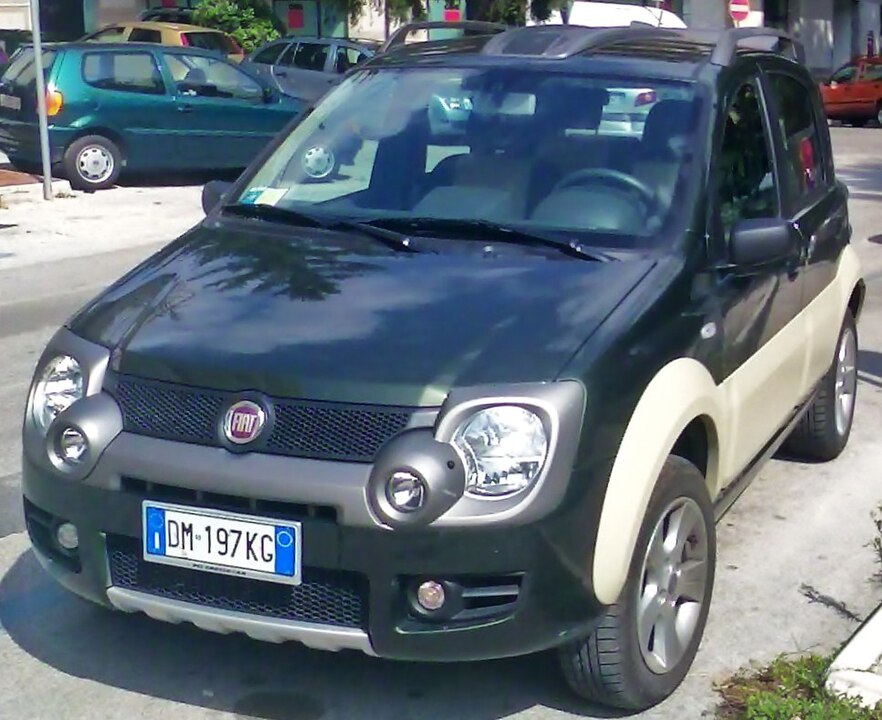
The Fiat Panda Cross may be small and nimble, but these traits don’t necessarily translate into off-road capability. With its limited ground clearance and weak engine, the Panda Cross struggles on rough trails or muddy tracks. The vehicle’s light frame makes it more prone to getting stuck in difficult conditions. Despite its quirky design and appeal for urban driving, the Panda Cross falls short when taken off-road.
Dodge Durango
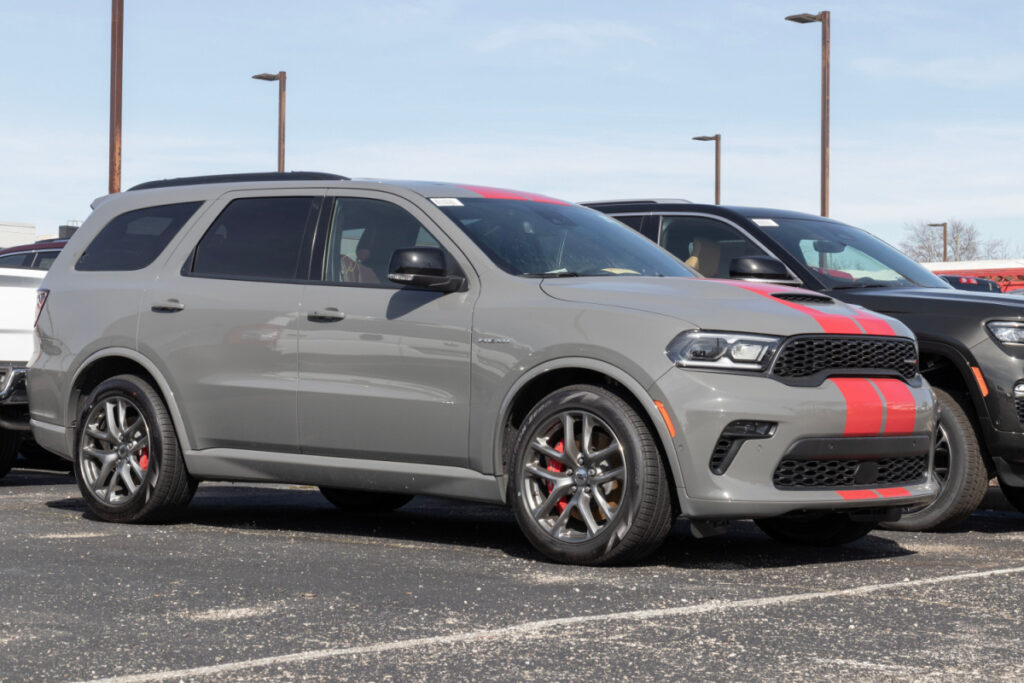
The Dodge Durango presents a muscular appearance, but its off-road capabilities are fairly limited. Although it offers all-wheel-drive, the system is primarily built for improving traction on slick roads, not handling off-road conditions. The vehicle’s soft suspension, paired with low ground clearance, makes it unsuitable for challenging trails. As a result, many off-road enthusiasts found the Durango more suited for daily commutes than adventurous expeditions.
Mercedes-Benz GLA
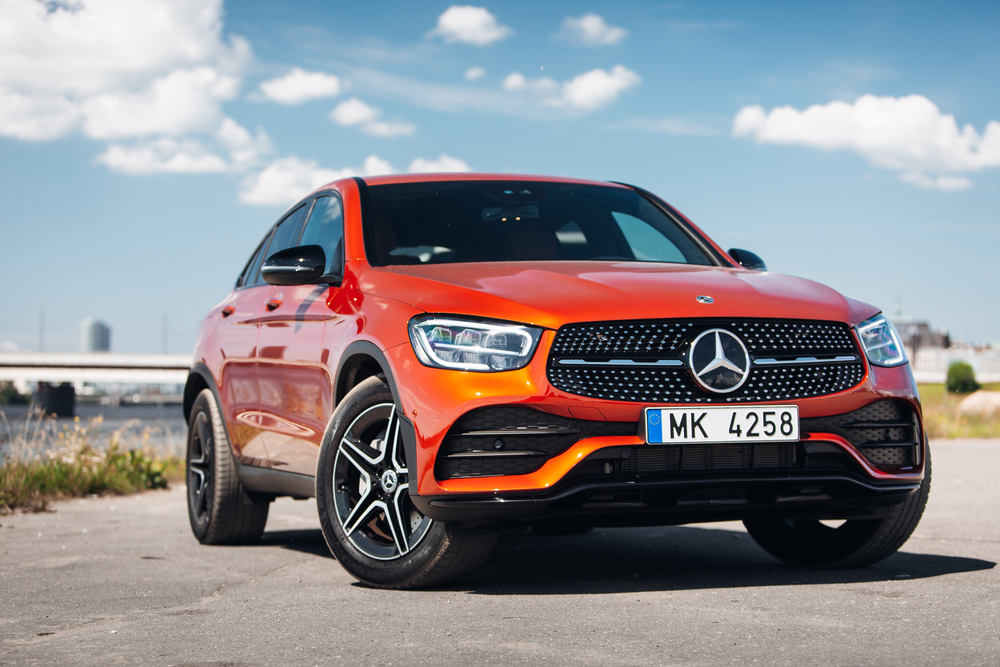
With its luxury-focused design, the Mercedes-Benz GLA wasn’t built for off-road performance. Its all-wheel-drive system is adequate for light trails, but its low ground clearance and road-biased suspension limit its capabilities in rougher conditions. Despite its premium feel, the GLA lacks the ruggedness needed to tackle steep inclines or uneven paths. Ultimately, this vehicle is better suited for city streets and the occasional gravel road.
Honda CR-V

The Honda CR-V has a strong reputation as a reliable compact SUV, but its off-road performance leaves much to be desired. It lacks sufficient ground clearance for navigating rocky terrain, and its all-wheel-drive system is more focused on urban use than rough trails. While it performs well in light snow or dirt, it struggles when faced with deeper mud or steep inclines. Many drivers found that the CR-V, while practical, was no match for true off-road adventures.
Kia Sportage
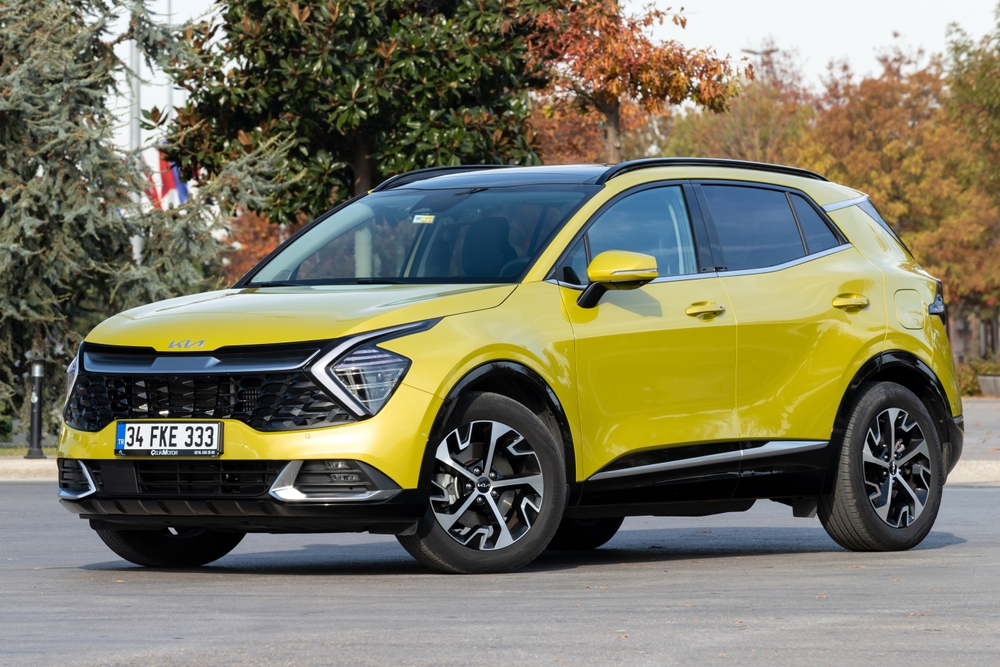
Though the Kia Sportage offers versatility as a crossover, it wasn’t built with hardcore off-roading in mind. Its lower ground clearance and modest engine power limit its ability to tackle uneven or steep terrains. The suspension system, designed more for comfort, doesn’t fare well in rough conditions. For those looking to push the limits of their vehicle on challenging trails, the Sportage fell short.
Volvo XC60
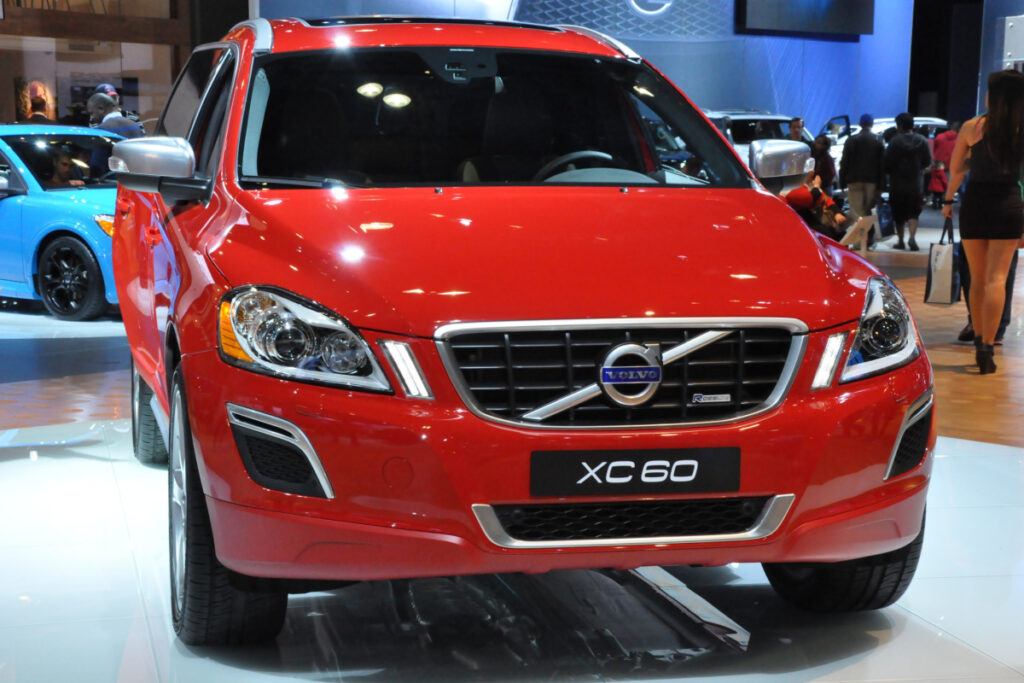
While the Volvo XC60 shines in terms of safety and luxury, its off-road performance is far from impressive. Its all-wheel-drive system handles inclement weather well but struggles in more extreme off-road environments. The suspension and chassis prioritize comfort over durability, making it a poor choice for rocky or muddy trails. Drivers seeking adventure off the beaten path often found the XC60’s limits quickly exposed.
Chevrolet Traverse

Despite its large size and spacious interior, the Chevrolet Traverse doesn’t hold up well in off-road situations. Its low ground clearance and all-wheel-drive system are built for bad weather rather than tough trails. The Traverse’s suspension, optimized for on-road comfort, struggles with the bumps and dips of rugged terrain. Though practical for family trips, it’s a weak contender for serious off-roading.
Lexus RX
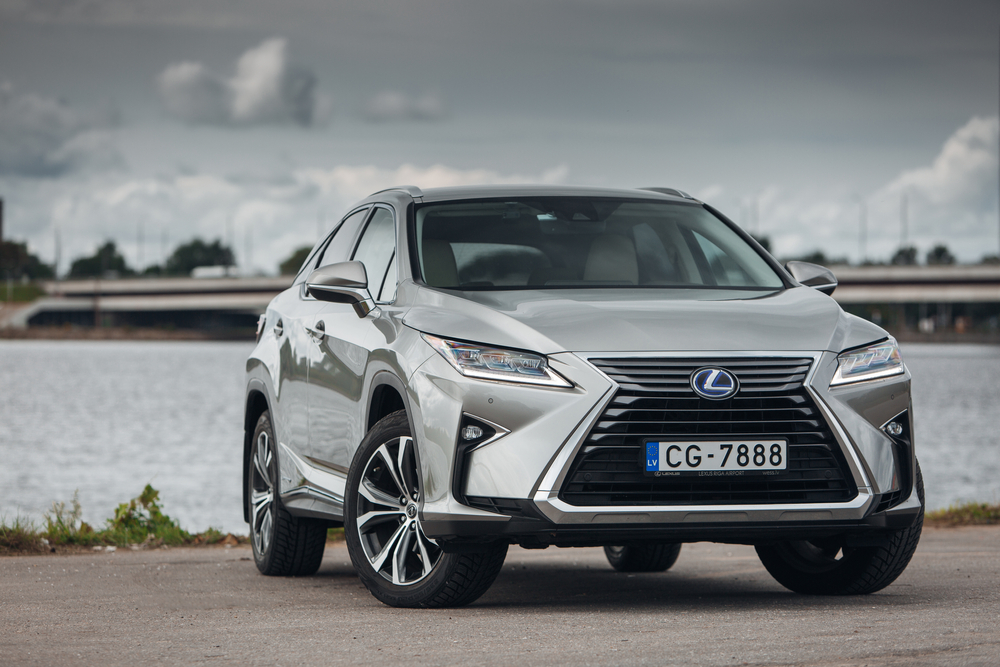
The Lexus RX exudes luxury and comfort, but off-road enthusiasts quickly discovered its shortcomings on tough terrain. Its lower ground clearance and lack of true four-wheel-drive make it less capable when the trail becomes rocky or muddy. The RX’s suspension, designed for smooth rides, doesn’t fare well when the road disappears. For those seeking adventure beyond paved roads, this luxury SUV often underdelivered.
BMW X3
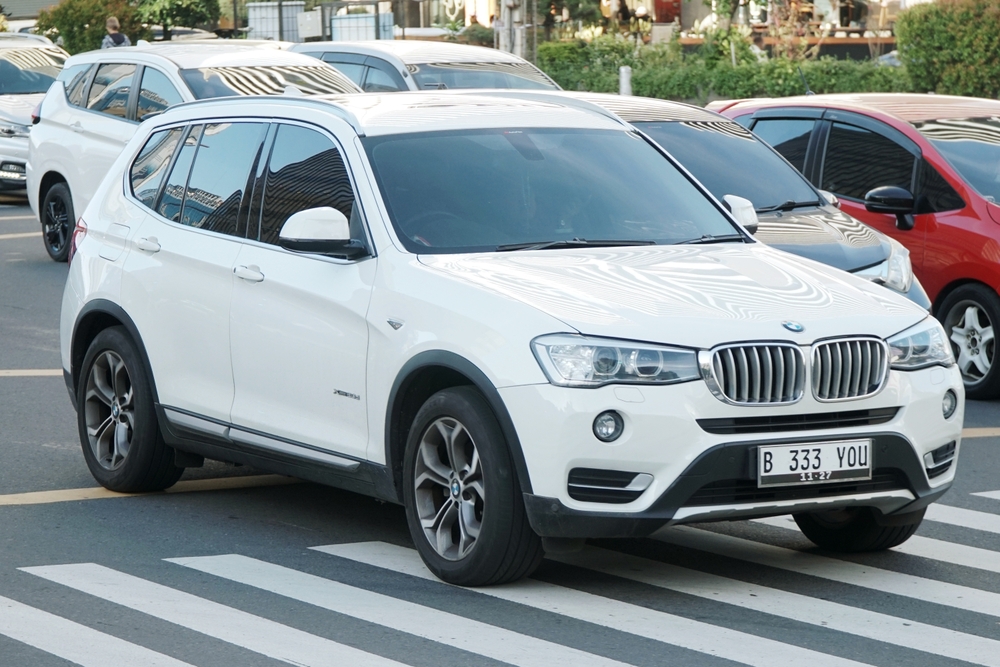
While the BMW X3 offers sporty performance on highways, it isn’t equipped to handle serious off-road challenges. Its low ground clearance and road-oriented suspension make it difficult to navigate rocky paths or steep inclines. The X3’s all-wheel-drive system works well in rain or snow, but it lacks the ruggedness needed for more intense off-road adventures. Enthusiasts often found that this BMW was more style than substance when it came to off-roading.
This article originally appeared in MyCarMakesNoise.
More from MyCarMakesNoise
15 Crucial Motorcycle Care Tips for Every Rider

Maintaining your motorcycle is crucial for ensuring a smooth and safe ride every time you hit the road. Whether you’re a seasoned rider or just starting out, knowing the basics of motorcycle upkeep can save you time, money, and potential headaches. Read More.
15 Incredible Maritime Museums to Explore Worldwide

Exploring maritime museums is a fantastic way to delve into the rich history of seafaring, shipbuilding, and naval adventures. Whether you’re a history buff, a maritime enthusiast, or simply curious about life at sea, these museums offer a captivating glimpse into the world of oceans and ships. Read More.
20 Classic Cars Still Popular Today
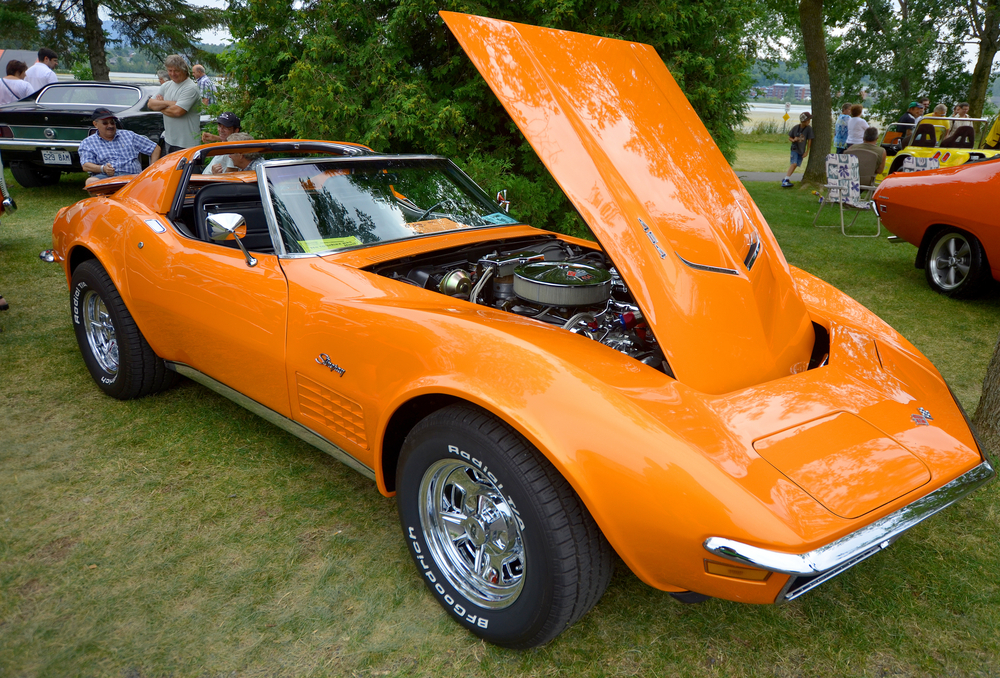
Classic cars have a timeless appeal that continues to captivate enthusiasts and collectors alike. Despite the decades that have passed, some models remain as popular today as they were when they first rolled off the assembly line. Read More.




